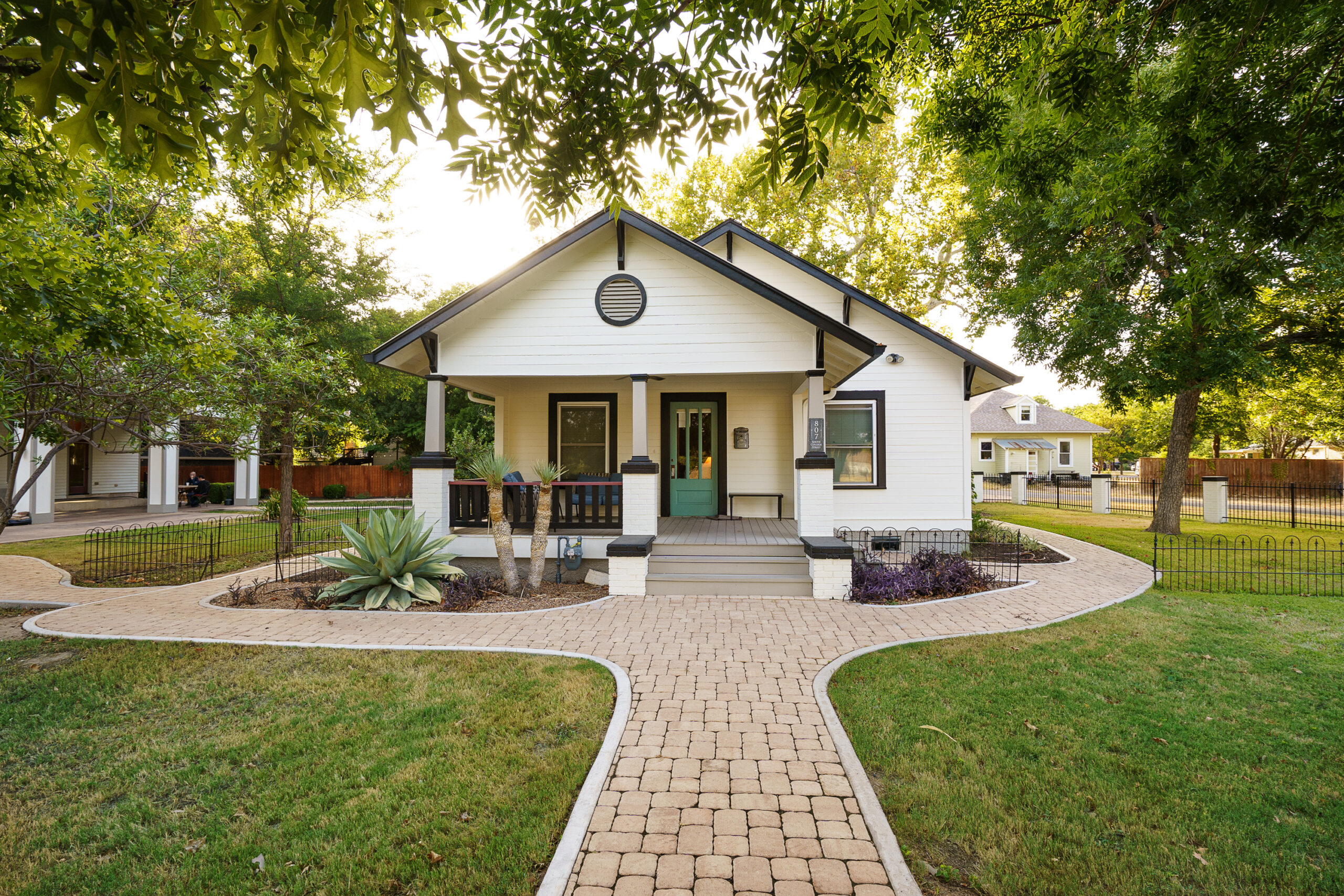Bipolar Gender-Specific Treatment
When discussing the treatment of BPD women, it’s crucial to recognize that gender can play a significant role in how symptoms manifest and respond to treatment. Women with BPD may face unique challenges due to cultural expectations and social roles, which can influence their emotional experiences and relationships. As someone who has worked extensively with patients at Alta Loma, I’ve witnessed firsthand how gender-sensitive approaches can enhance treatment outcomes.
Tailoring therapeutic interventions to consider these gender-related dynamics is key. For instance, women may experience more intense feelings of guilt or anxiety about rejection, stemming from societal pressures to maintain harmony in relationships. Addressing these specificities can lead to more effective therapeutic strategies, helping women manage their symptoms more successfully.
Dialectical Behavior Therapy (DBT): A Cornerstone of BPD Treatment
Dialectical Behavior Therapy stands out as one of the most effective approaches in the treatment of BPD women. Developed by Dr. Marsha Linehan, DBT specifically targets emotional dysregulation, a hallmark of BPD, through a mix of individual therapy, group skills training, and phone coaching.
Women attending Alta Loma often found DBT transformative, as it taught them skills in mindfulness, emotion regulation, distress tolerance, and interpersonal effectiveness. These skills help women build a more robust emotional toolkit and improve their relationships. The structured nature of DBT also provides a sense of stability and predictability, which is often lacking in the lives of those with BPD.
Integrating DBT into treatment plans is beneficial for many reasons. It not only addresses immediate emotional crises but also empowers women to develop long-term coping mechanisms. Over time, patients report fewer instances of self-harm and a more balanced emotional state.
What Are Some Less Common Treatments for BPD Women?
While DBT and Cognitive Behavioral Therapy (CBT) are well-known, other treatments also contribute positively to the treatment of BPD women. One such approach is Schema Therapy, which focuses on identifying and changing deeply ingrained patterns or schemas that negatively impact a person’s life.
Psychodynamic therapy, another approach, explores subconscious motivations and early childhood experiences that shape current behaviors. This therapy can be particularly useful for women who’ve experienced trauma. At Alta Loma, we’ve observed that women who explore these emotional layers often achieve deeper healing and greater self-awareness.
Mindfulness-based interventions have also gained traction. By focusing on present-moment awareness, these practices help women reduce anxiety and improve emotional regulation. Combining these techniques with traditional therapies can provide a more comprehensive treatment plan tailored to individual needs.
Seeking Help: Steps to Take When Pursuing Treatment
For those considering professional intervention for BPD, the following steps can put you on the path to meaningful recovery:
- Consult with a licensed mental health professional to gain an accurate diagnosis and discuss potential treatment options.
- Consider the benefits of a multidisciplinary approach, including therapy, medication management, and holistic treatments like yoga or art therapy.
- Engage in regular therapy sessions, either individually or in a group setting, to acquire skills and strategies for managing symptoms effectively.
Taking these steps not only initiates a productive treatment journey but also fosters a supportive network, essential for sustained progress. Remember, the pursuit of effective treatment of BPD women is not a solitary endeavor.
How Can I Support a Loved One Undergoing Treatment?
Supporting a loved one through the treatment of BPD women can be challenging and requires patience, understanding, and empathy. Here’s how you can help:
- Educate Yourself: Learn about BPD and its symptoms to better understand what your loved one is experiencing.
- Encouragement: Motivate them to attend therapy sessions and adhere to treatment plans.
- Communication: Practice open and non-judgmental communication to build trust and create a safe space for expression.
- Self-Care: Ensure you care for your mental health to maintain a balanced perspective and offer optimal support.
At Alta Loma, we emphasize the importance of a support system. Strong relational ties can significantly boost treatment outcomes, providing a safety net for women as they navigate their recovery.







